Profile of a Modern Learner
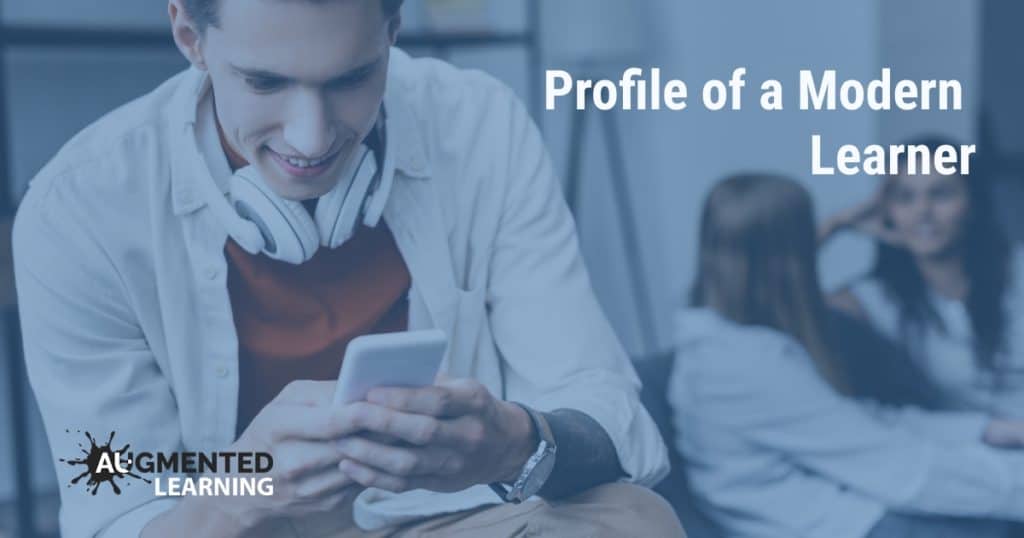

In November I presented a keynote session where I described the differences between a traditional and modern learner profile. This post is part two of that series where I start with exploring the characteristics of a traditional learner.
1. The modern learner is overwhelmed and distracted
The Wellbeing for Young People’s Success at Secondary School is an evaluation project to help schools promote and respond to student wellbeing. The Education Review Office consulted with a number of professionals to define wellbeing for success. They developed the following definition:
“A student’s level of wellbeing at school is related to their satisfaction with life at school, their engagement with learning and their social-emotional behaviour. It is enhanced when evidence-informed practices are adopted by schools in partnership with families and the community. Optimal student wellbeing is a sustainable state, characterised by predominantly positive feelings and attitudes, positive relationships at school, resilience, self-optimism and a high level of satisfaction with learning experiences”
According to the evaluation project, students in all schools were experiencing a very assessment driven curriculum and assessment anxiety. Achieving academic success is a part of wellbeing but is not the only factor.
2. The modern learner wants personalised timely content
It will be of no surprise to you that many students gain very little benefit from this style of learning. Students are not silly, they know good teachers when they see one. And good teachers share some common traits. Great teachers: Develop positive relationships with their students; are patient, kind and caring; have knowledge of the learners in front of them; are dedicated to the profession; and work hard to engage their students.
Great teachers do not take a cookie cutter approach churning out the same content year after year. Instead they leverage these common traits to ensure the content they present in class is both personalised and timely. This is content that is tailored to the current needs of the learner, but is also of the highest quality!
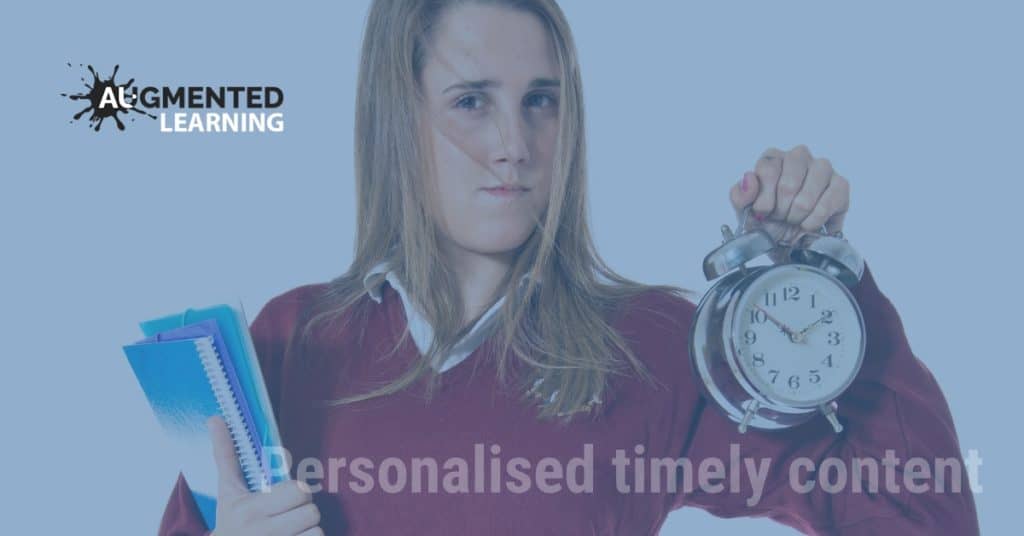
3. The modern learner learns as needed, anywhere, anytime
What are the implications for our students? First of all, throw knowledge recall out the window. With the rise of technology and platforms such as YouTube, Wikipedia and the vast array of online learning communities the need to recall information to help you complete a task is bordering on obsolete in many industries.
Instead we need to help our learners to become critical consumers of content. In the video below, Michael Schriemer describes the importance of this approach while elaborating on Carl Sagan’s Baloney Detection Kit. While this is an extreme approach, the checklist dos have merit when determining whether something comes from a position of truth and credibility, or rather some “expert” or “influencer” opinion.
4. The modern learner turns to their phone
Instead of prohibition we need to consider education and expectations. Teachers need to understand the technology their students engage with. The inherent value of these devices, what they allow our students to do and most importantly – how to manage engagement and distraction when facilitating learning experiences using these devices.
It doesn’t stop with the teacher either. Students need to be explicitly aware of the classroom expectations around use of cell phones. There needs to be consequences when these expectations are not met and we need to support them in best practice uses.
5. The modern learner is motivated to learn
However, if you take a step back and look at what students are doing outside of school you will see that a significant amount of time is dedicated to learning new skills. Gaming is a solid example of this. A growing number of young people play games online with almost half of these female. Many of the skills required to be successful in online play include leadership, communication, team work and a wide variety of other interpersonal skills.
Students are actively pursuing skills and dispositions that we could only hope to observe in the classroom, at very high levels outside of the classroom. This difference here being that they have autonomy in their decisions (learn what they want to), experience relatedness (a sense of belonging and attachment to other people) and have the opportunity to become competent (gain mastery of tasks and learn different skills).
If you’re familiar with the Self Determination Theory, you would have recognised the previous three factors as three universal needs that motivate individuals to grow and learn. If we can ensure our learning experiences in our classrooms appeal to these three needs, we’re going to see a much higher buy in from our students and see greater student outcomes because of it.


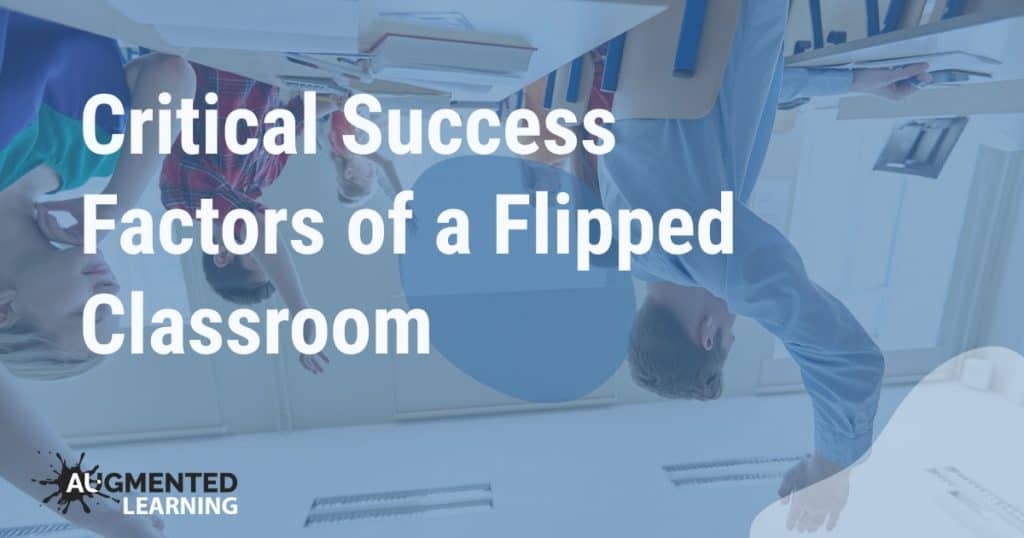
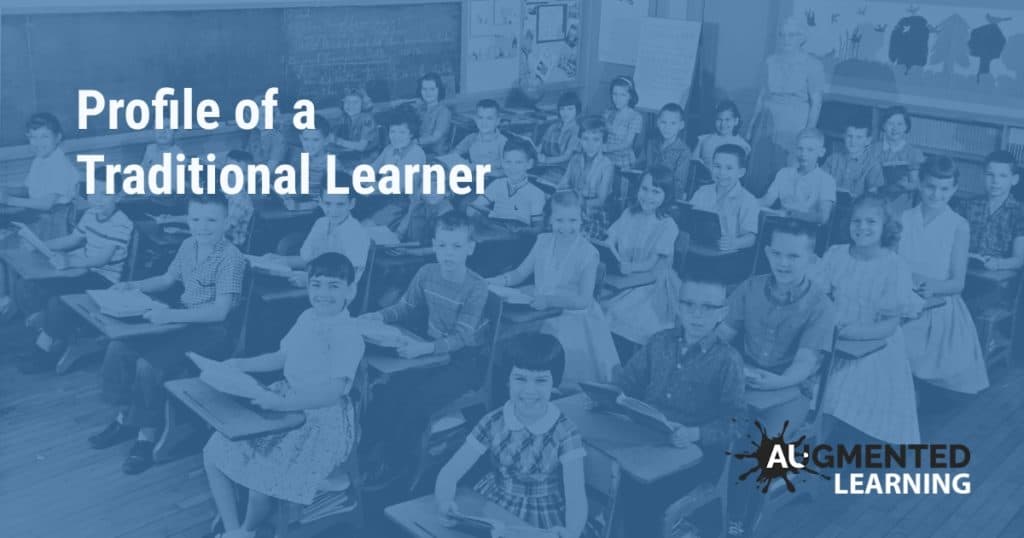
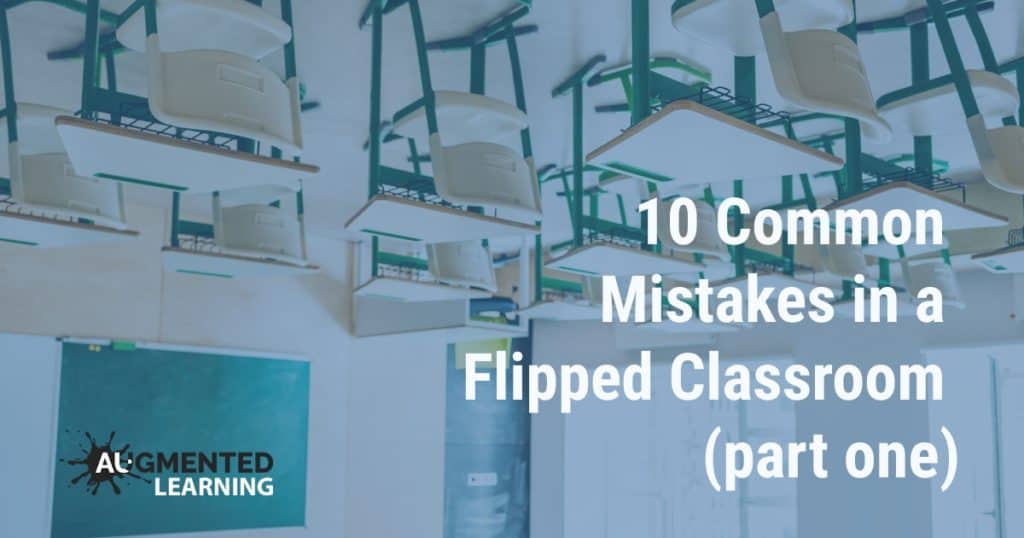
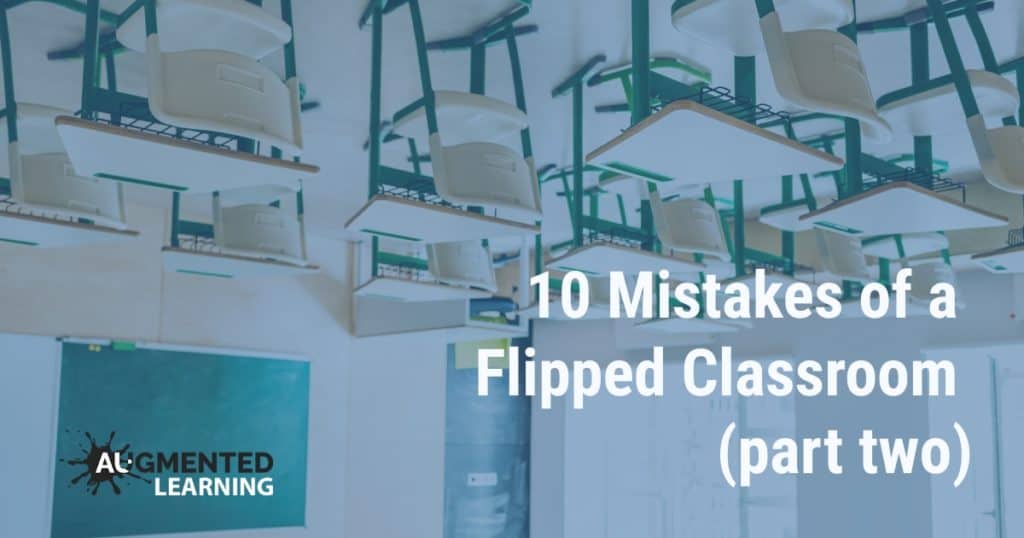
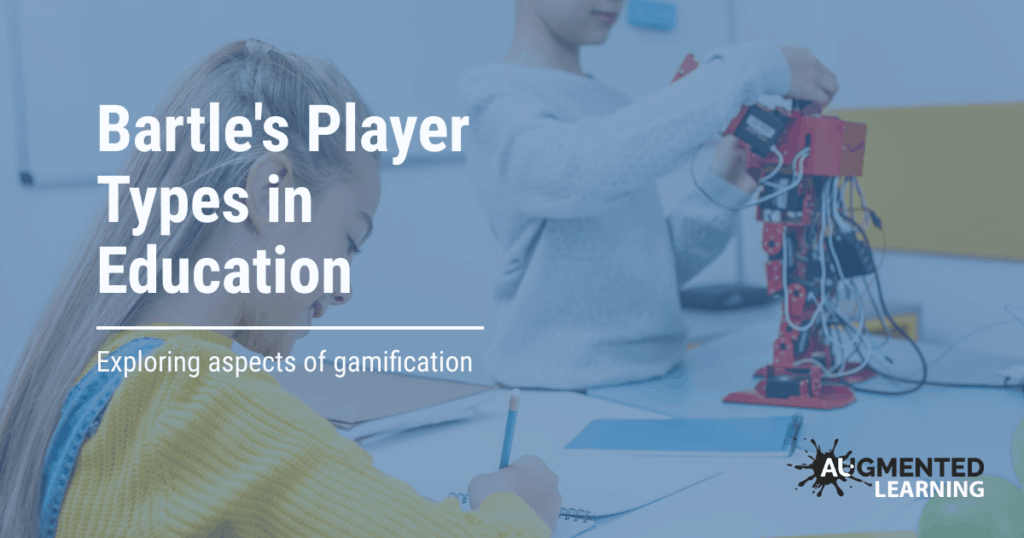
Responses